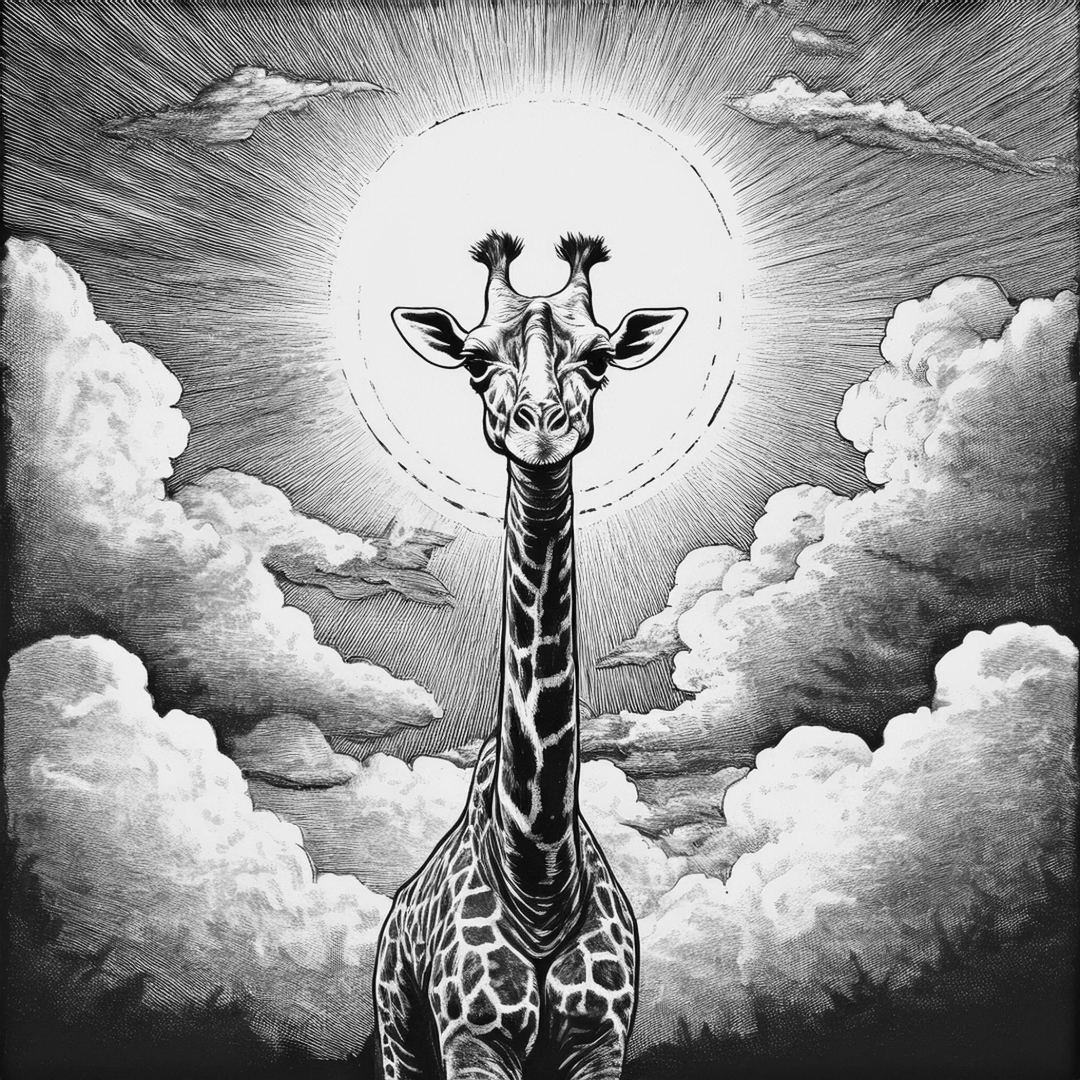BIRMINGHAM, Ala. — The Birmingham Zoo is mourning the loss of one of its most beloved residents, a 16-year-old giraffe named Willow, who passed away early Friday morning after several days of illness. Zoo officials announced her death Saturday, describing the giraffe as a cherished part of their community.
Born at the zoo in 2008, Willow was a reticulated giraffe, a subspecies known for its intricate, net-like coat pattern. Over the years, she became a favorite among visitors and staff alike, serving as an ambassador for her species. Her death follows a period of declining appetite and health, despite efforts by veterinarians to stabilize her condition.
This is not the first time the Birmingham Zoo has faced scrutiny over animal care. In 2011, a 36-year-old African elephant named Mona died, sparking controversy about her living conditions and the zoo’s treatment of large animals. Critics argued that Mona’s small enclosure and lack of socialization contributed to her health problems. The incident led to calls for improved standards and heightened awareness about the needs of captive animals.
Since then, the zoo has worked to improve its facilities, with new exhibits and a focus on species conservation. However, the loss of Willow may reignite discussions about the challenges of managing aging animals and ensuring their well-being in captivity.
Giraffes have been a central part of the Birmingham Zoo’s collection for decades, drawing visitors eager to see the towering herbivores up close. The zoo has participated in the Giraffe Species Survival Plan, a program run by the Association of Zoos and Aquariums aimed at preserving genetic diversity among captive populations.
Willow was one of the longest-living giraffes in the zoo’s history, a testament to the care she received but also a reminder of the difficulties of providing for such specialized animals. Giraffes face unique challenges in captivity, including issues related to diet, stress, and joint health.
The Birmingham Zoo, which opened in 1955, has long been a cornerstone of the city’s cultural and educational landscape. Home to over 500 animals representing more than 150 species, the zoo has evolved from a modest menagerie into a modern facility focused on conservation and education.
Willow’s passing marks the end of an era for the zoo and leaves her keepers reflecting on the legacy she leaves behind. While her loss is a significant blow, zoo officials hope it will underscore the importance of continued investment in the care and conservation of the animals entrusted to them.
A necropsy is planned to determine the exact cause of Willow’s death, with results expected in the coming weeks.

